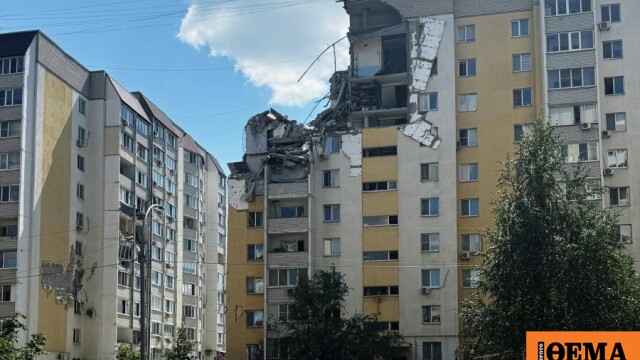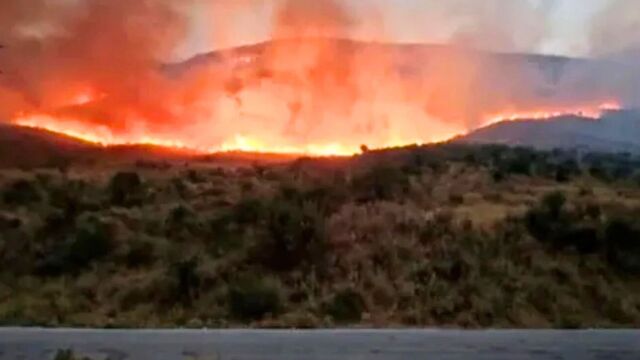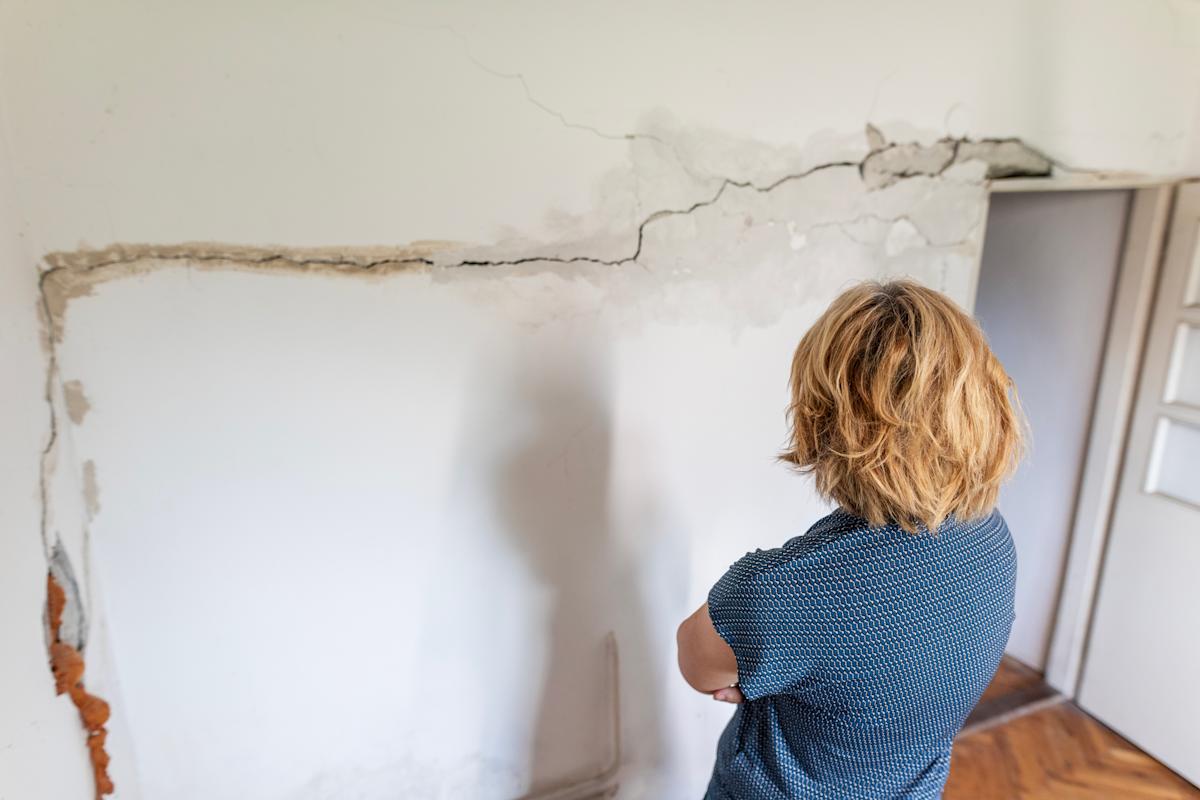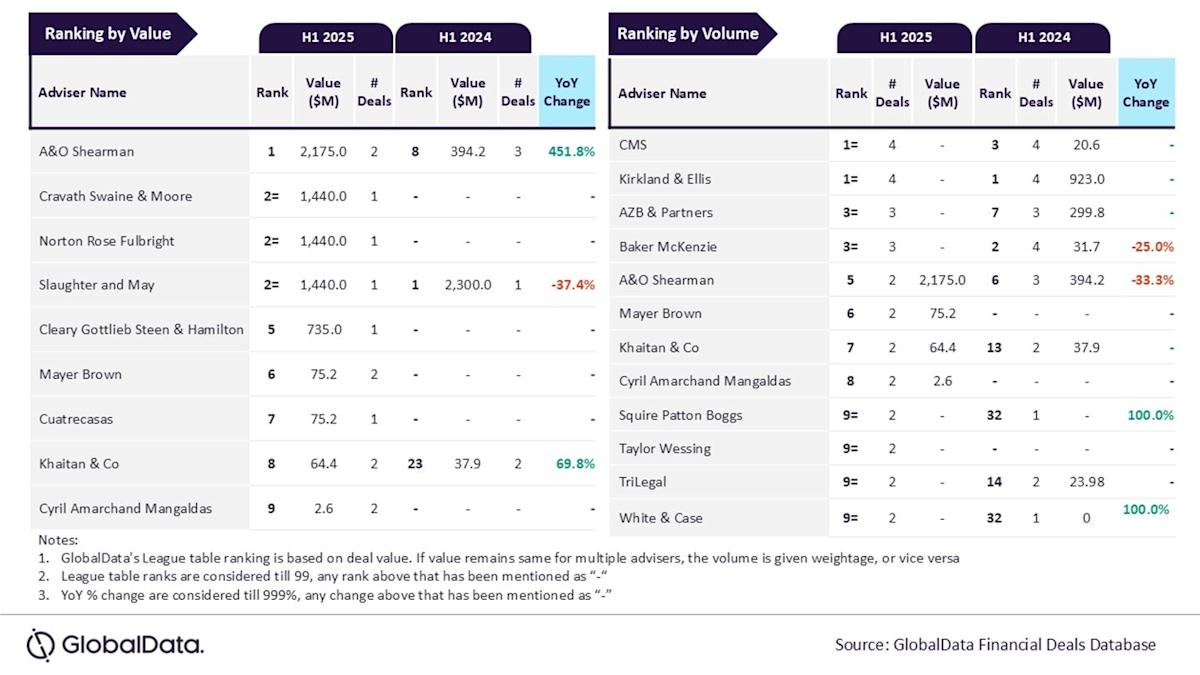Earthquake insurance: Your existing homeowners policy isn’t enough
Earthquakes cause an average of $14.7 billion in property damage each year in the U.S., according to a 2023 report from the Federal Emergency Management Agency (FEMA). While nearly two-thirds of these losses occur in California during a typical year, earthquakes can happen anywhere. The U.S. Geological Survey estimates that nearly 75% of the U.S. could face damage from earthquakes and ground shaking.
Insurance can provide a safeguard against the financial devastation of an earthquake. However, you’ll need to buy additional insurance because a standard homeowner insurance policy doesn’t cover earthquake-related losses.
This embedded content is not available in your region.
Learn more: Homeowners insurance: What it covers and how much you’ll pay
Does home insurance cover earthquakes?
Most homeowners insurance policies don’t cover damage directly caused by earthquakes. While a standard home policy covers losses from events like fire, lightning, hail, and falling objects, earthquake-related damage is typically excluded. That means you need separate earthquake insurance, which you can buy as a standalone policy or by adding an endorsement to your home policy for an extra premium.
One exception: Your home policy may cover some types of damage indirectly caused by an earthquake. For example, your home policy could kick in if a fire caused by an earthquake destroys your roof, or your pipe bursts due to shaking, and your home sustains water damage.
Learn more: Does car insurance cover hail damage?
What does earthquake insurance cover?
Earthquake insurance typically covers the following losses if they’re caused by a seismic event:
-
Repairing or replacing your home’s physical structure (and sometimes other structures, like a detached garage)
-
Replacing your personal belongings, like your clothing, furniture, and electronics
-
Paying for temporary living expenses (often referred to as additional living expenses or loss-of-use coverage) if you’re displaced from your home by an earthquake
-
Debris removal
Earthquake insurance may also help cover the costs of bringing your home up to current building codes and stabilizing the land underneath your residence.
Up Next
What’s not covered?
Many earthquake policies contain the following exclusions, according to the National Association of Insurance Commissioners (NAIC):
-
Fire. Earthquake insurance only covers expenses your homeowners policy doesn’t pay for. Most home policies will cover fire damage, even if an earthquake triggered the fire.
-
Floods. You’ll need separate flood insurance to cover water damage from external sources, like a lake that overflows or a backed-up sewer, even if the earthquake causes the flood.
-
Land. Damage to land, such as sinkholes or cracks in your yard stemming from an earthquake, typically isn’t covered. However, if your policy includes engineering costs coverage, it may help pay to secure the land underneath your home.
-
Preexisting damage. Earthquake insurance won’t cover problems that already existed before the quake.
-
Vehicles. You’ll need comprehensive car insurance on your auto policy to protect your vehicle against earthquake damage.
-
Masonry veneer. Some earthquake policies exclude masonry veneer, such as brick, rock, or stone, that covers a home’s exterior.
If you’re not sure what your earthquake policy covers, check your policy’s declarations page and contact your insurance agent with any questions.
Learn more: How FEMA flood insurance works
Earthquake insurance deductibles
Earthquake insurance includes a deductible, which is an amount the policyholder is required to pay out of pocket before insurance kicks in. Earthquake deductibles are typically higher than home insurance deductibles. Unlike standard homeowner insurance, which usually has a flat deductible, i.e., $1,000 or $2,000, earthquake deductibles are often a percentage of the policy limit, typically between 10% and 20%.
Each type of earthquake coverage may have a separate deductible. For example, suppose your policy has dwelling coverage limits of $200,000 and personal contents coverage limits of $100,000. If you have 20% deductibles for each type of coverage, you’d pay for the first $40,000 worth of damage to your home and the first $20,000 of damage to your belongings.
Usually, all earthquakes and aftershocks that occur within a three-day window are treated as a single event and covered under the same deductible. Damage from aftershocks after the initial three-day period typically triggers a second deductible.
How much does earthquake insurance cost?
Earthquake insurance premiums cost an average of $800 annually in the U.S., according to insurance company Lemonade. However, premiums are more expensive in high-risk areas. For example, a homeowner in California could pay up to $2,500 each year for $500,000 of coverage.
Your earthquake premiums will depend on multiple factors, including your home’s location, age, construction materials, and estimated cost to rebuild. Choosing a policy with higher deductibles will lower your premiums, while lower deductibles come with increased premiums.
How to get earthquake insurance
If you’re considering earthquake insurance, here are some steps to take. Note that the rules and process can differ by state.
Step 1: Assess your risk
You can assess your earthquake risk by using the U.S. Geological Survey’s state-specific hazard maps. Though quakes can occur anywhere, you may decide earthquake insurance isn’t worth the cost if you live in a low-risk area.
Step 2: Contact your home insurance company
Ask your home insurance company if they offer earthquake coverage as an endorsement. You may be able to buy a standalone earthquake policy through another carrier if your insurer doesn’t allow you to add an endorsement.
Most earthquake policies in California are sold by the state-run California Earthquake Authority (CEA), which partners with a network of private insurers to offer coverage. You’ll need a home or renters policy through one of its partner companies and buy earthquake coverage through the same company.
Step 3: Decide how much coverage you need
It’s usually recommended that you choose the same dwelling coverage limit for your earthquake policy as you have for your home policy. You should choose a limit that’s high enough to rebuild your home to its previous condition.
Also, consider the cost of your deductibles. You may be tempted to lower your premiums by choosing higher deductibles, but make sure your deductible is affordable. Remember, your earthquake insurance won’t kick in until you’ve paid that amount.
Step 4: Compare quotes and options
It often pays to get insurance quotes from multiple carriers. While finding an affordable premium is important, customer service matters too, especially if you need to file a claim. You can use the NAIC's search tool to look up companies by name. The Company Complaint Index will show you whether an insurer receives an above-average or below-average number of complaints compared to companies of similar size.
In the immediate aftermath of an earthquake, you may not be able to get coverage right away. Most insurers won’t write new policies for 30 to 60 days after an earthquake.
How to file an earthquake insurance claim
The claims process varies somewhat by state, but these are the basic steps to filing an earthquake claim:
-
Contact your insurance company or agent. Let them know that you sustained earthquake damage, and ask about the next steps in the process, including any deadlines. Take detailed notes during each conversation. Make sure you get the name of each person you speak to, and note the date you made contact.
-
Review your policy documents. Your policy declarations page will include important details about your coverage, including your deductibles and policy limits.
-
Meet with your claims adjuster. Eventually, your insurer will send a claims adjuster to inspect the damage. Usually, the adjuster will want to meet with you on-site. Show the adjuster any damage you’ve found, but also make sure the inspection includes hidden spaces, like basements, crawl spaces, and slabs. You may also want to get independent repair estimates from a contractor. You could even ask the contractor to meet with you and your adjuster.
-
Take action if you disagree with your insurer’s decisions. You can ask your insurance adjuster for a written explanation of any decisions. If you believe your insurer mishandled your claim, you can contact your state’s insurance division. If you disagree with the value of your settlement, you may want to hire an attorney or public adjuster to advocate on your behalf.
Learn more: How to file a complaint against your insurance company
Will the government help after an earthquake?
The federal government may provide assistance after an earthquake, but it’s not a substitute for earthquake insurance.
FEMA’s Individual and Households Program may provide some support after a presidentially declared disaster or emergency. FEMA’s housing assistance can help with basic home repairs and obtaining temporary shelter, while its "other needs" assistance may be available for expenses like staying in a hotel or motel, childcare, replacing your personal belongings, and disaster-related medical care.
However, the maximum FEMA individual grant is $43,600 for both housing assistance and other needs assistance in 2025. These amounts are unlikely to go far if your home is severely damaged or destroyed. Moreover, the typical FEMA individual grant is much lower than the maximums. The average Individual and Households Program grant for earthquake survivors was just $4,341 between Oct. 15, 2002, and March 21, 2024.
Federally subsidized Small Business Administration (SBA) disaster loans may also provide some help in the aftermath of an earthquake, even if you don’t own a business. Homeowners can borrow up to $500,000 to repair or rebuild their homes, while both homeowners and renters can take out loans of up to $100,000 to repair or replace personal property. You’ll need to repay any funds you borrow.
Where are the most earthquakes in the U.S.?
Alaska and Hawaii had more earthquakes than any mainland states between 2015 and 2025, while California had the most earthquakes of the contiguous states. California’s earthquakes have caused more damage than any other state.
California has frequent earthquakes because it sits on the boundary of two major tectonic plates, the Northern Pacific and North American plates. The main fault line, the San Andreas Fault, extends about 800 miles in the Golden State.
Most regions of the U.S. at high risk of earthquakes are on the West Coast. However, due to underlying fault systems, a few areas in the central and eastern U.S., like Charleston, South Carolina, and St. Louis, Missouri, are also at high risk.
What does earthquake retrofitting involve?
Earthquake retrofitting, or seismic retrofitting, is a process of strengthening a home to make it more likely to withstand earth movement and shaking. Some common retrofitting techniques include:
-
Anchoring a home to its foundation using bolts or plates
-
Reinforcing cripple walls with plywood sheathing
-
Building a new foundation with a continuous perimeter around a home
-
Bracing a garage’s walls and reinforcing its door
-
Removing and rebuilding part of a chimney and fireplace
Grants may be available to cover some retrofitting costs. Seismic retrofitting may also help you qualify for earthquake insurance discounts.
Learn more: Car insurance discounts: 17 ways to save
Earthquake insurance FAQs
Can renters get earthquake insurance?
Yes, renters can get earthquake insurance. A standard renters insurance policy doesn’t cover earthquake damage, but renters can buy a separate policy that provides personal property and loss-of-use coverage for protection against earthquake-related losses. Damage to the physical structure is the landlord’s responsibility and wouldn’t be covered by renters insurance.
Learn more: How an auto and renters insurance bundle can save you big
What insurance covers earthquake damage to cars?
You need comprehensive car insurance to cover car damage caused by earthquakes and other weather events, like hurricanes, floods, and tornadoes. Comprehensive insurance provides insurance for damage to your vehicle that isn’t caused by a collision, like natural disasters, falling objects, vandalism, and theft.
Learn more: Does car insurance cover flood damage?
Is earthquake insurance worth having?
Earthquake insurance is often worth having if you live somewhere with frequent earthquakes, like California or Alaska. Without earthquake insurance, you could have to foot the full bill for repairing or rebuilding your home and replacing your belongings. But if you live somewhere that’s not vulnerable to seismic activity, you may want to skip earthquake insurance. Because the deductibles are typically high, you may not be able to use earthquake coverage for minor to moderate damage.
Content Original Link:
" target="_blank">



















































